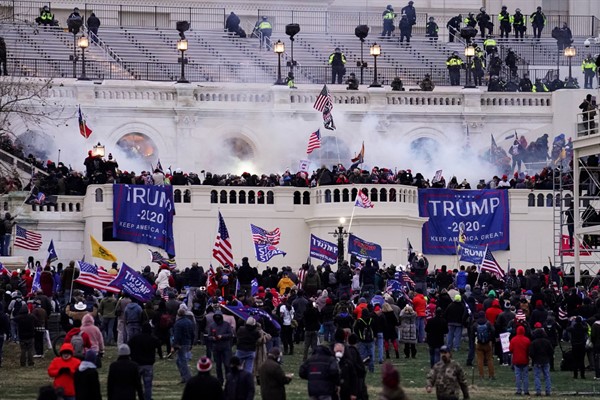In the week since a mob of Donald Trump’s supporters stormed the Capitol in an effort to prevent Congress from certifying President-elect Joe Biden’s election victory, our picture of the day’s events has come into sharper focus. With every video and eye-witness account that appears, it becomes clearer that the attempt to subvert American democracy was far more violent than it initially seemed.
But huge gaps remain in our understanding of how that violent mob managed to penetrate what should have been a heavily guarded and secure site, especially given the threats that had been circulating online about plans to do exactly that. What we learn about the security lapses from last week, and whether or not they were the product of negligence, oversight or premeditation, will go a long way to determining whether what we witnessed was a coup, as Fiona Hill argues, or an insurrection, as Naunihal Singh maintains.
I initially leaned toward Singh’s framing, but it might make more sense now to speak of a slow-motion, “hiding in plain sight” coup attempt leading up to Wednesday, in which Trump tried to enlist institutional support to hold onto power. Upon realizing that this attempted coup would fail early Wednesday, he turned as a last resort to the mob and insurrection. If that insurrection enjoyed help from any security agencies, in the form of intentional lapses at the president’s urging, that assessment would obviously change.

